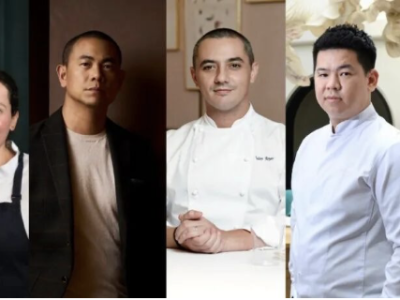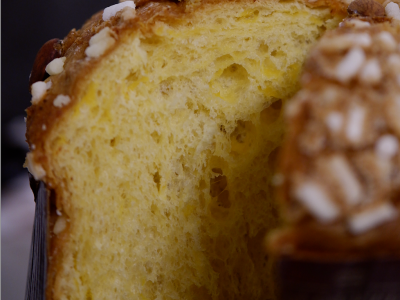I remember my first visit to Den in Tokyo—it was still at the old location in Jimbocho, before the move to Jingumae.
From earning two Michelin stars, losing one, regaining two, to watching its fluctuating rankings on the World’s 50 Best list, I’ve witnessed Den go through many stages over the years. But honestly, none of those rankings really matter. To me, it has always been a restaurant where the food is genuinely delicious and brings a deep sense of comfort from within.
Every time before I dine at Den, their smiling faces always come to mind—Chef Zaiyu Hasegawa and his wife Emi, with their warm, welcoming expressions, and their adorable dog Puchi. After the meal, I leave carrying these same warm memories. It’s a simple kind of happiness, one that needs no fancy words to describe.
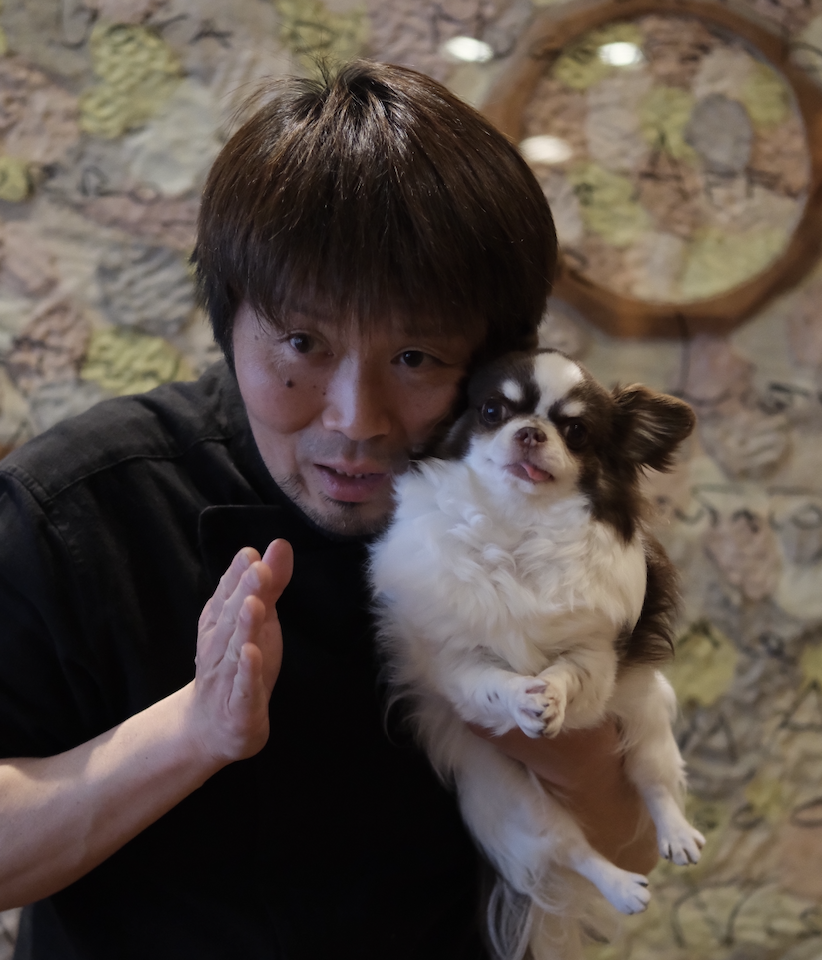
Chef Zaiyu Hasegawa
What makes Den special isn't showiness, but the sincerity and purity of the food itself. That, in today’s age, feels especially precious. Nowadays, many restaurants fill the waiting time with all sorts of amuse-bouches. If they’re not freshly prepared, these small bites can feel distracting and take up space in the stomach of someone who came genuinely hungry. I much prefer jumping straight into the main event—no unnecessary frills, just dishes that go straight to the heart.Our meal in early April began with a monaka—but not the sweet kind. This one was a Foie Gras Monaka.
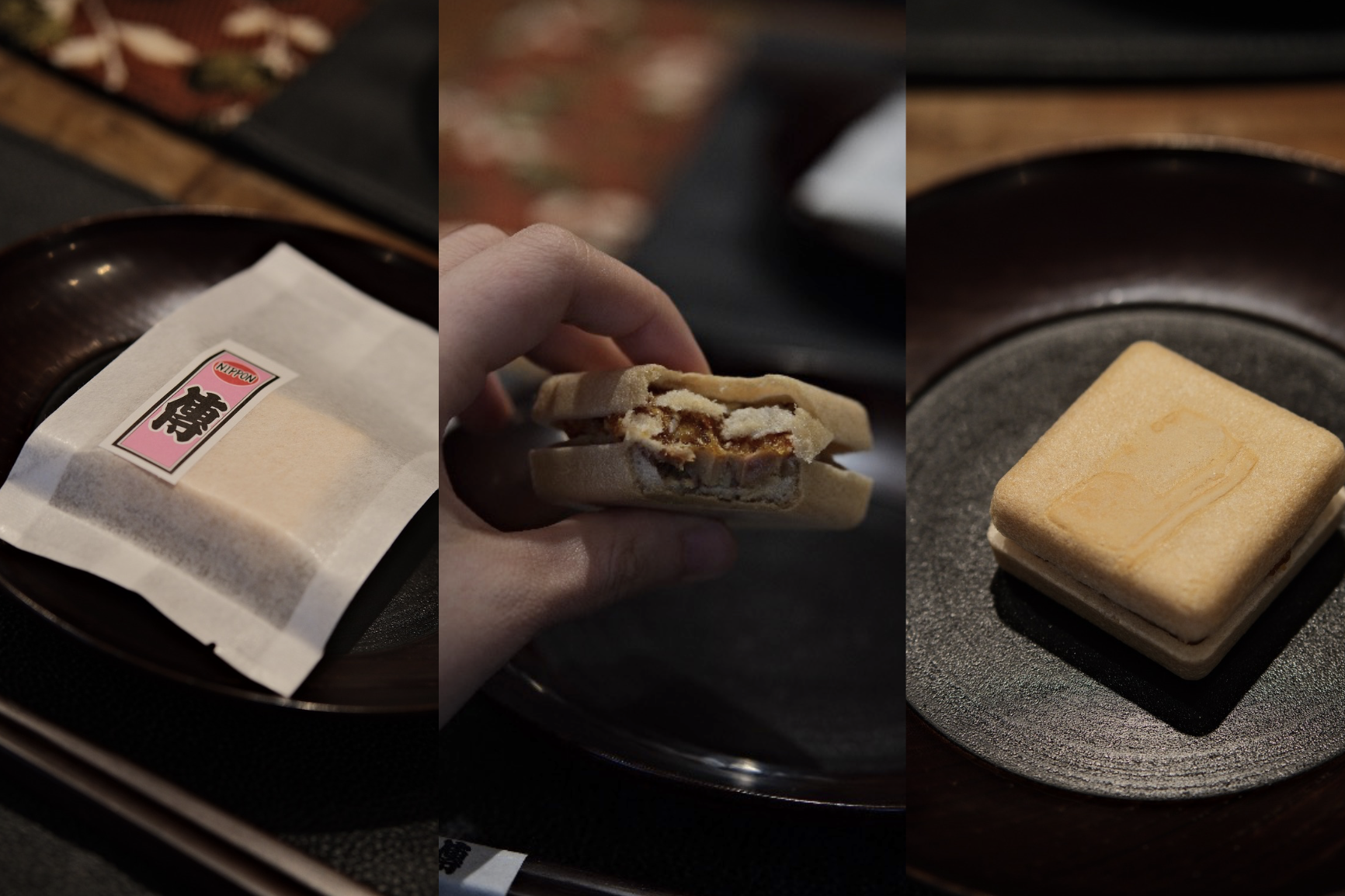
Foie Gras Monaka
Traditionally a dessert, here in between the crisp wafer shell was silky foie gras marinated in miso to enhance its umami and reduce its fattiness. It was paired with sticky-sweet dried persimmon and smoked daikon radish. The result was a perfect blend of sweet and savory, chewy and crunchy. The highlight was the timing—the monaka was served sealed, requiring you to tear it yourself, ensuring the ultimate crispness. The fillings change each time, and Chef never tells you in advance. You’re meant to guess. This playful mystery adds warmth and fun right from the start.
Next was a dish of deep-fried scallop and fish paste with rapeseed blossoms. Chopped scallops were mixed with fish paste, breaded, and fried to golden. Paired with seasonal vegetables and a thickened dashi-based sauce, it was light and refreshing—a dish that carried the fresh spirit of spring.
Then came Den’s signature dish: Den Fried Chicken (DFC). “In traditional kaiseki, there’s a small rice dish called oshinogi meant to fill the stomach a bit. We decided to de-bone chicken wings and stuff them with sticky rice,” said Zaiyu San. Their goal was to make kaiseki feel more approachable, and thus, DFC was born. The boneless chicken wing, stuffed with glutinous rice, is deep-fried until the skin is golden and crisp, served in a custom takeout-style box—full of humor and delight. The filling changes with the seasons; this time, it was a combination of sticky rice, dried plum, shiso, and black sesame. The chicken juices soaked into the rice, while the tartness of the plum cut through the richness of the fried skin. Though piping hot, it was irresistible. And just like the seasons, every visit brings a new version to look forward to.
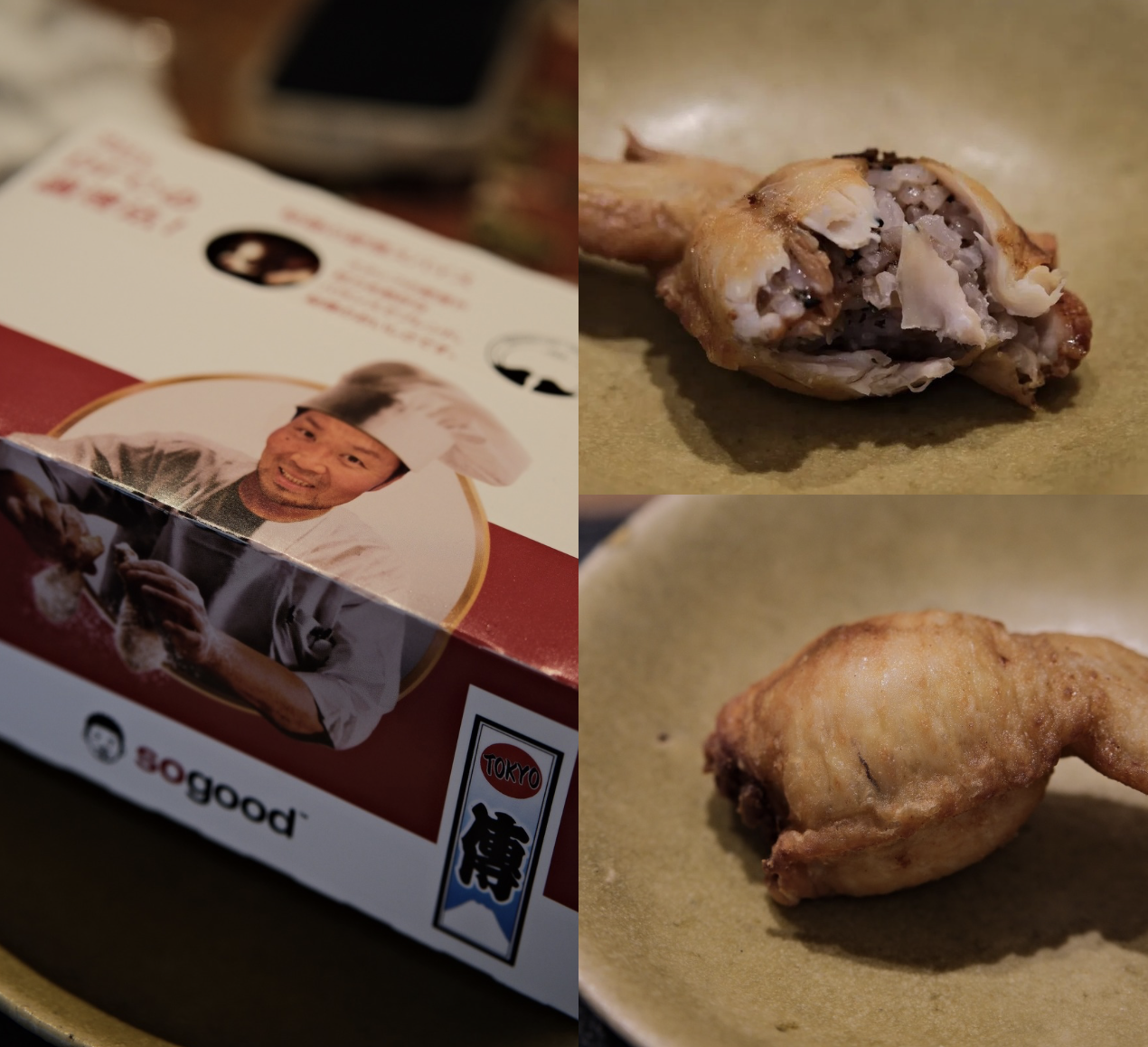
DFC
Following that was suma katsuo (skipjack tuna) sashimi lightly marinated in soy sauce. Caught fresh in the morning, the sashimi was tender and melted in the mouth. It was served with a slightly sweet sauce made from seaweed and dashi, plus wasabi. The special acidity of the fish was beautifully highlighted. Next was sakura trout with deep-fried Brussels sprouts. The trout’s skin was seared to a perfect crisp while the meat remained juicy and tender. The fried brussels sprouts added a rich, caramelized crunch, enhancing the texture.
Then came Den’s iconic“The Garden” salad —a representation of the field. Made from over twenty types of seasonal vegetables sourced from farms near Mount Fuji and Chiba, each ingredient was prepared differently to highlight its flavor and texture. Thinly sliced asparagus, pickled burdock, deep-fried zucchini, sautéed potatoes, sweet carrots, vibrant peas—all simply seasoned with kombu salt to bring out the natural sweetness of spring produce. Though it looks simple, it holds incredible complexity. Just like a real field, no two seasons are ever the same.
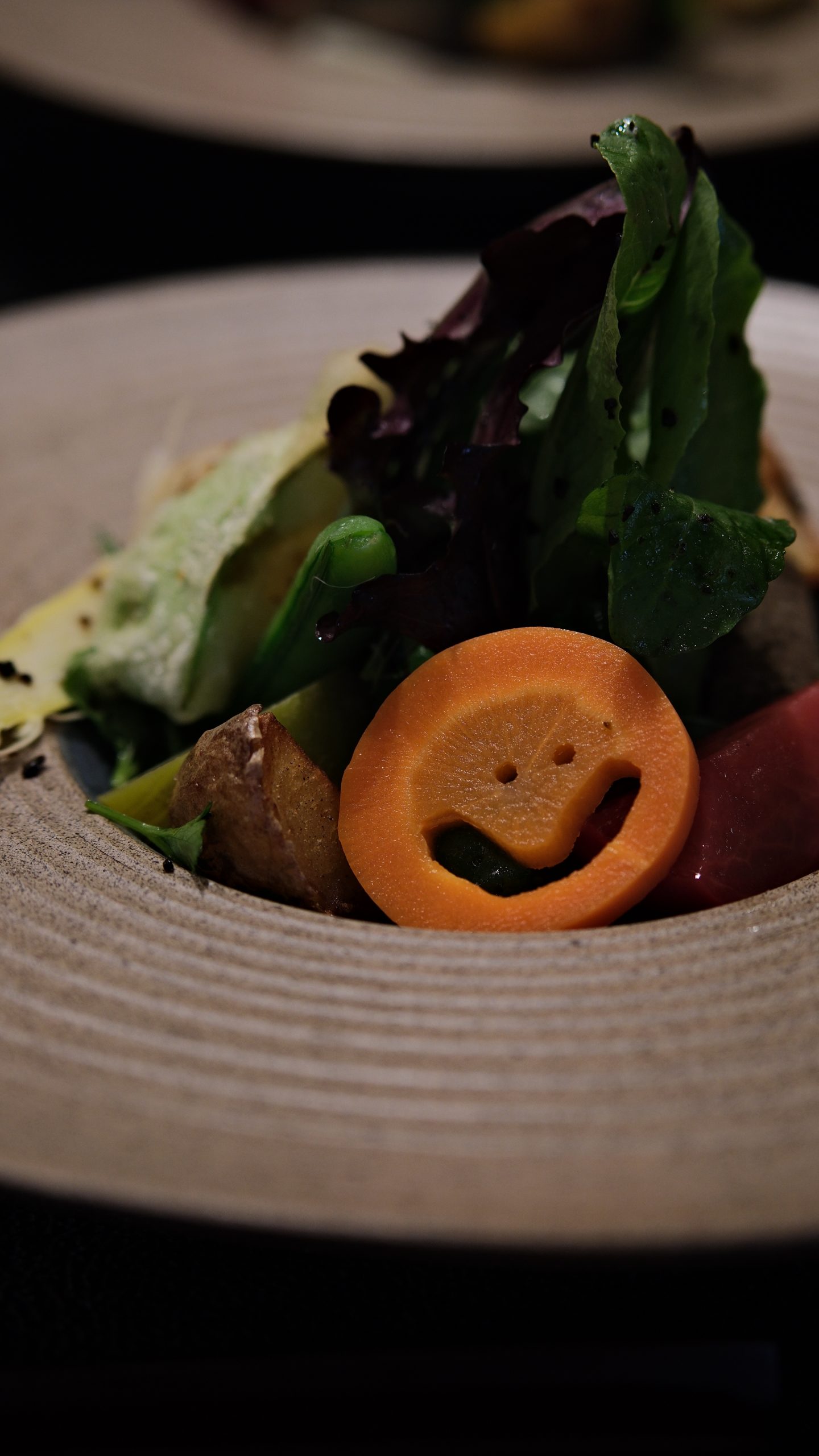
The Garden Salad
Finally, we arrived at the highly anticipated kamameshi (rice pot) course. Den’s rice dishes are renowned, especially for its precise seasoning.
The first version featured bamboo shoots and flowers of sansho pepper (hanasansho), using Nikomaru rice from Shizuoka. The grains were plump and distinct, chewy yet soft, with each bite revealing layers of sweetness. The delicate aroma of the sansho pepepr flowers intertwined with the crisp bamboo shoots—pure spring in a bowl. This was our first taste of sansho pepper flowers this year, and we felt incredibly lucky to be there at the perfect moment.

Rice with bamboo shoots and flowers of sansho pepper
The second version was beef shoulder rice, and this dish held special meaning for me. In 2022, post-pandemic, I wrote them a letter hoping to experience it again. This spring, not only did they remember, but they also brought it back just for me—along with my favorite sake, Jikon. The whole beef shoulder was first rested in bonito dashi, then marinated for several days in mirin and sake, seared, then roasted until the exterior was caramelized. Before serving, it was sliced into thick, steak-like pieces. The rice soaks up all the meat juice and fat, making every grain glisten. The beef was tender inside, its sweetness balanced by the zing of wasabi. Pure happiness. I had to eat three bowls to feel satisfied.
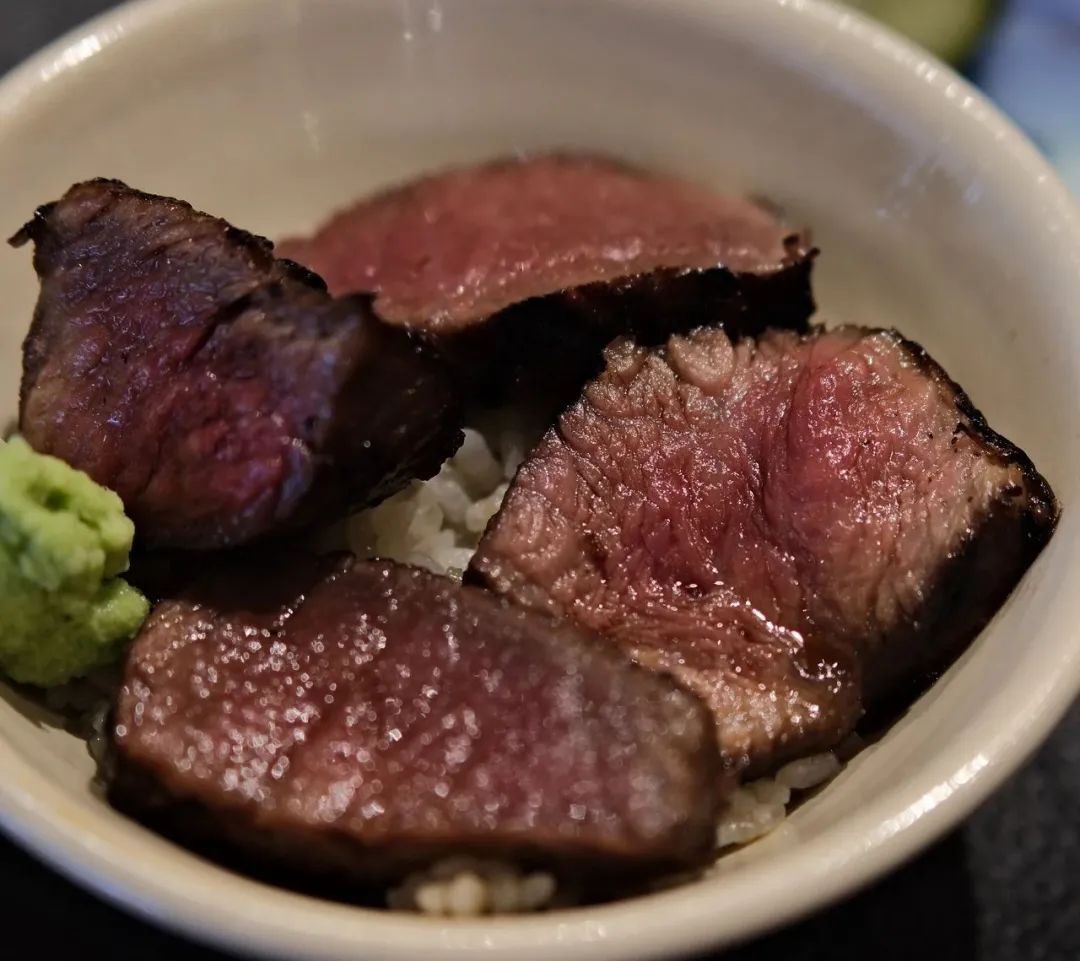
Beef Shoulder Rice
Dessert was a Citrus Bavarois. Made from milk and cream, it was smooth and airy, topped with juicy segments of citrus and a jelly made from six different herbs and gin. The bright fruit and herbal finish made for a refreshingly gentle end to the meal.
Zaiyu-san, while serious in the kitchen, looks at his guests with genuine warmth. Maintaining Den’s unique atmosphere isn’t easy in an era of long tasting menus. Den doesn’t try to fill your time or your stomach with extras—it gives you just what you need.
Den’s menu has never been artificially extended to justify its price. Yet, curiously, nearly every dish has become a classic in its own right. “Classic” here doesn’t mean static—though the forms may appear the same, the content always changes with the seasons. The recipes, details, and flavors are subtly tweaked every time. In this age, what we need most might be exactly this kind of balance—where every dish is just enough, not too much, not too little.
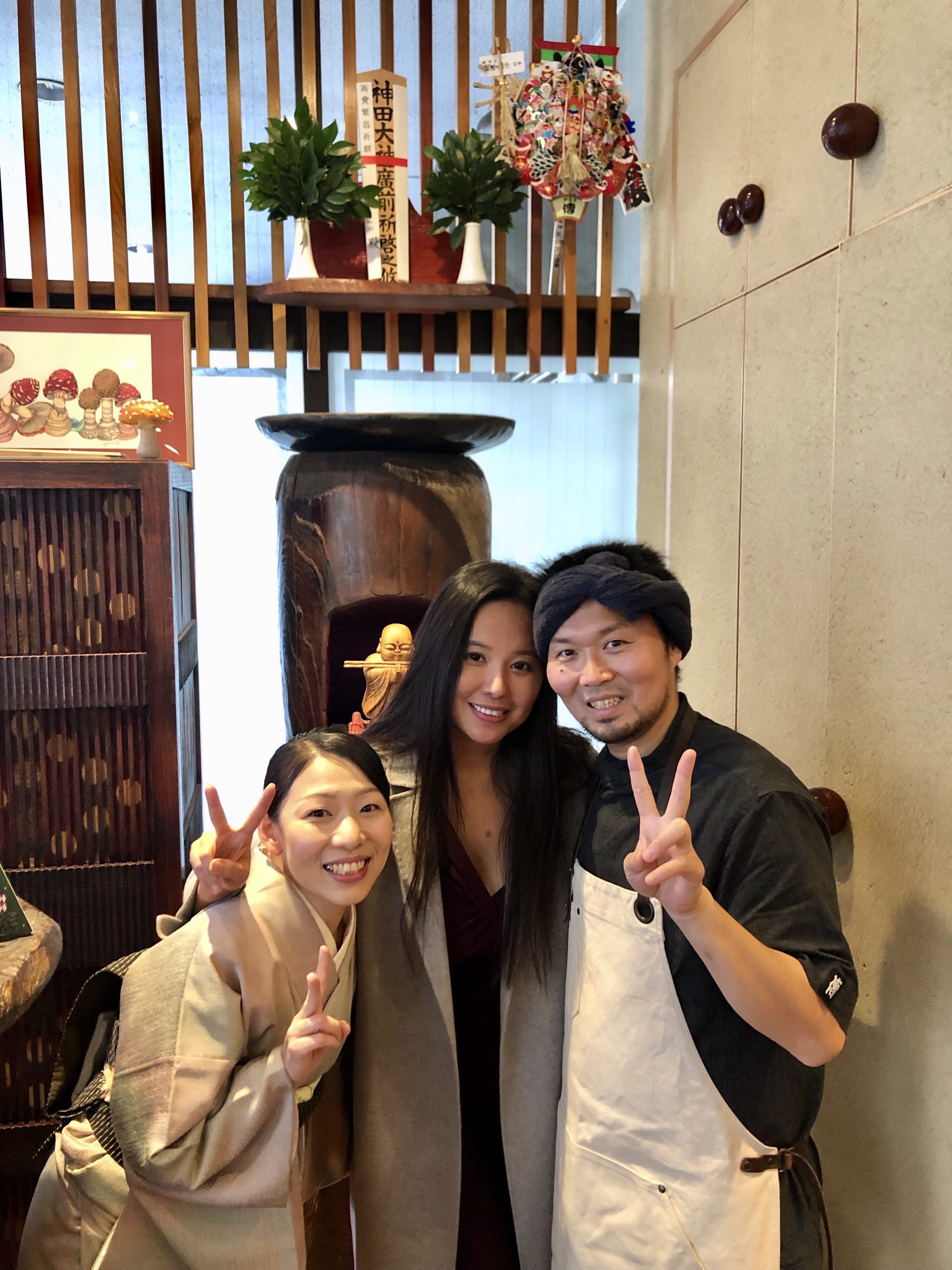
From left to right: Wife of Chef Zaiyu - Emi、Author、Chef Zaiyu Hasegawa
Every visit to Den feels like a warm reunion. And I already look forward to returning in another season.
Author: Jocelyn 华姐、Patty Chuang
Photos: Jocelyn 华姐/Patty Chuang

